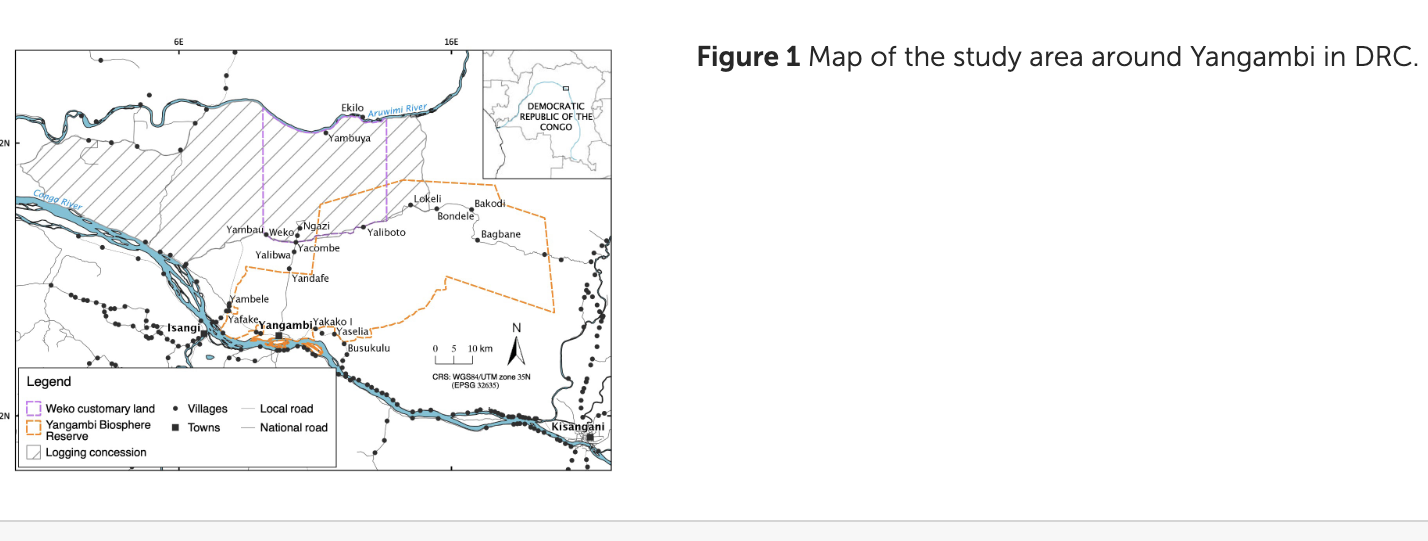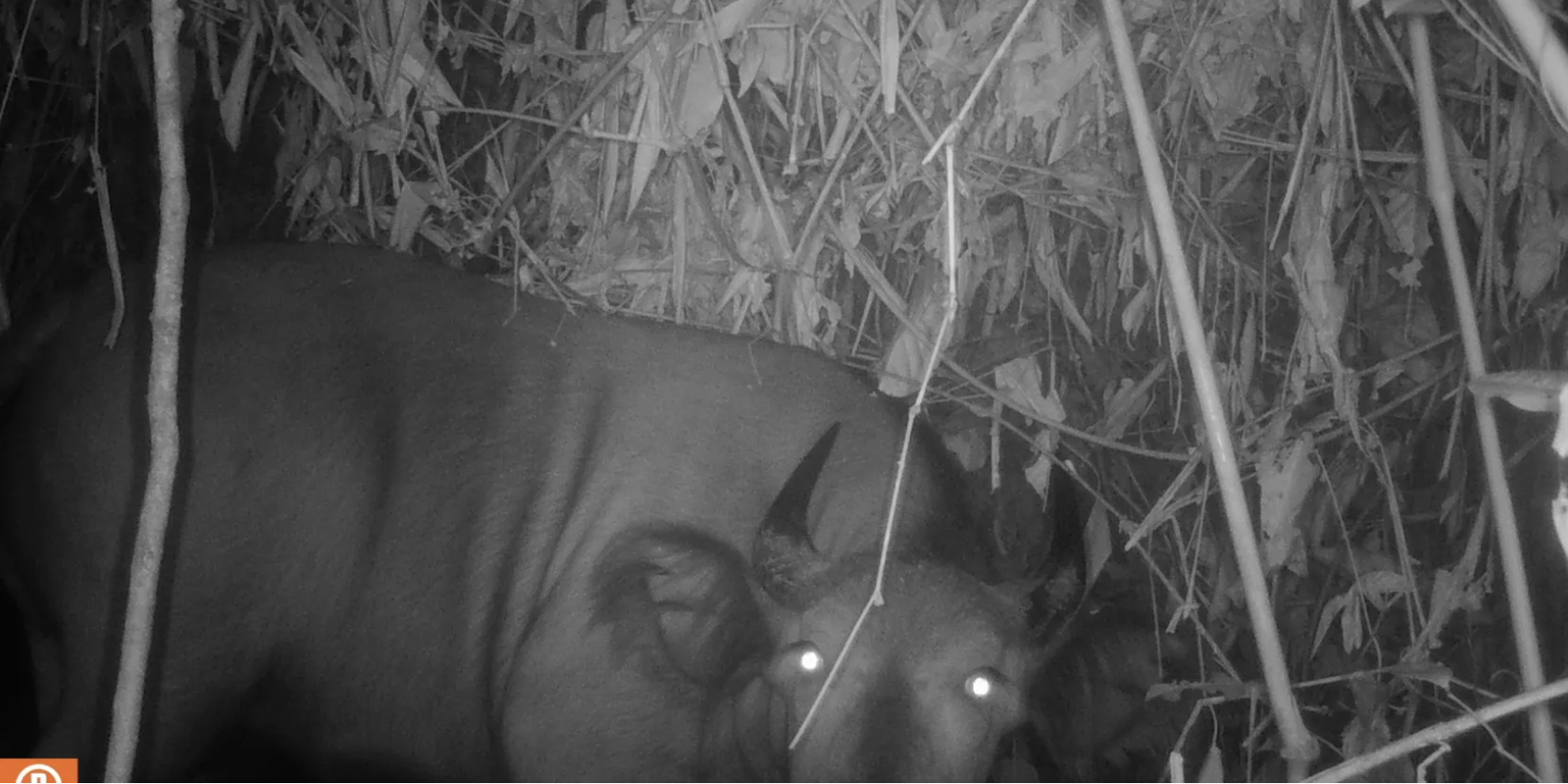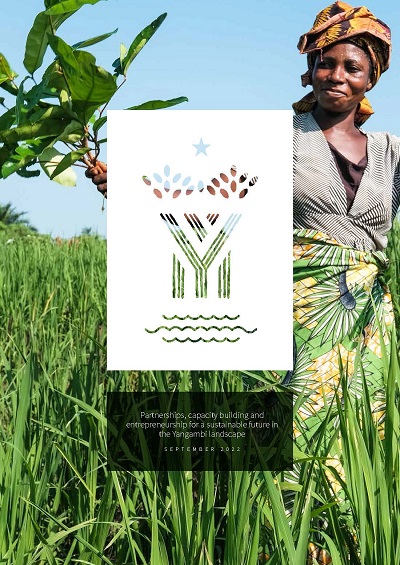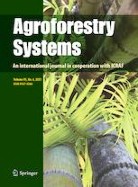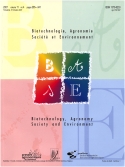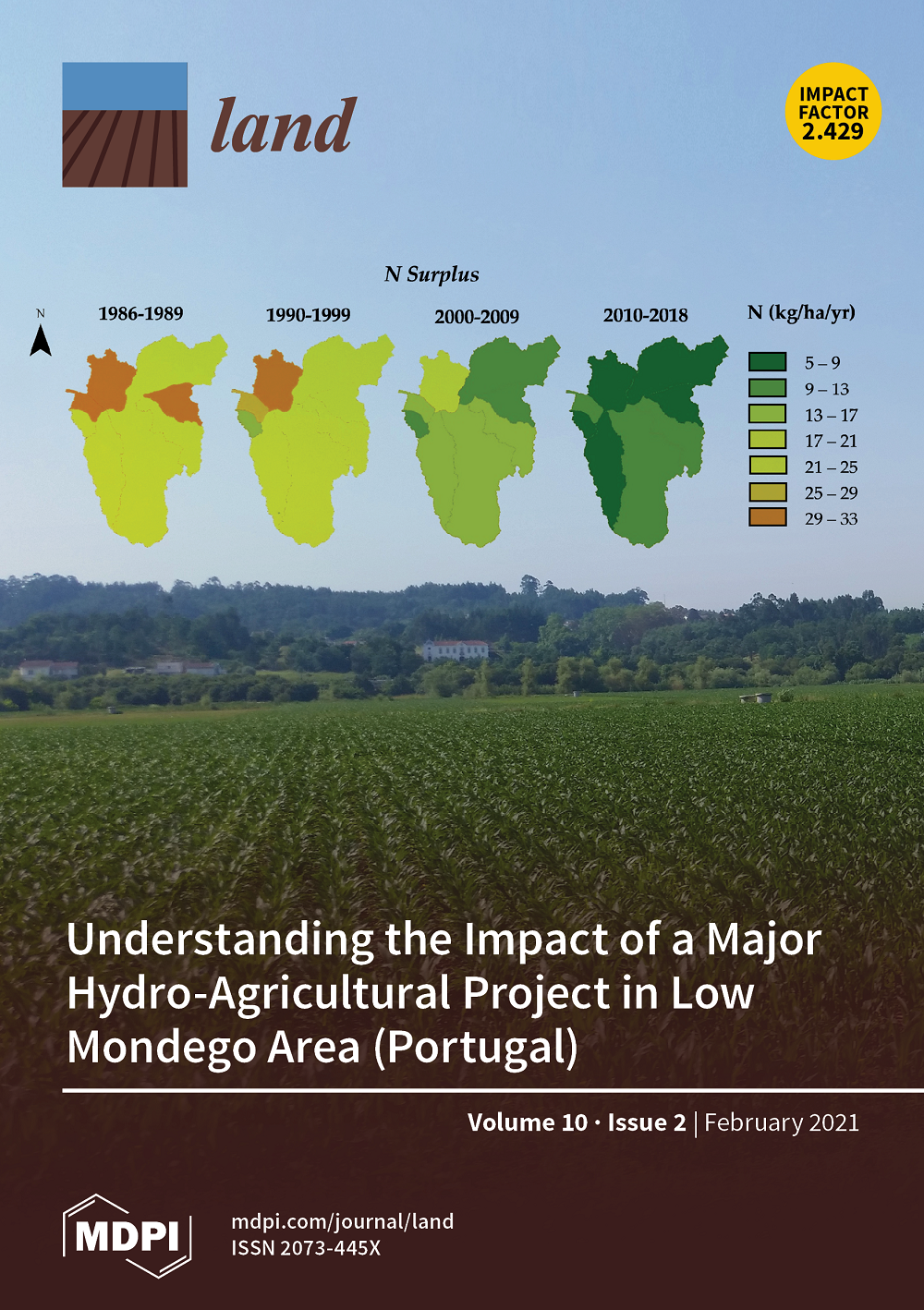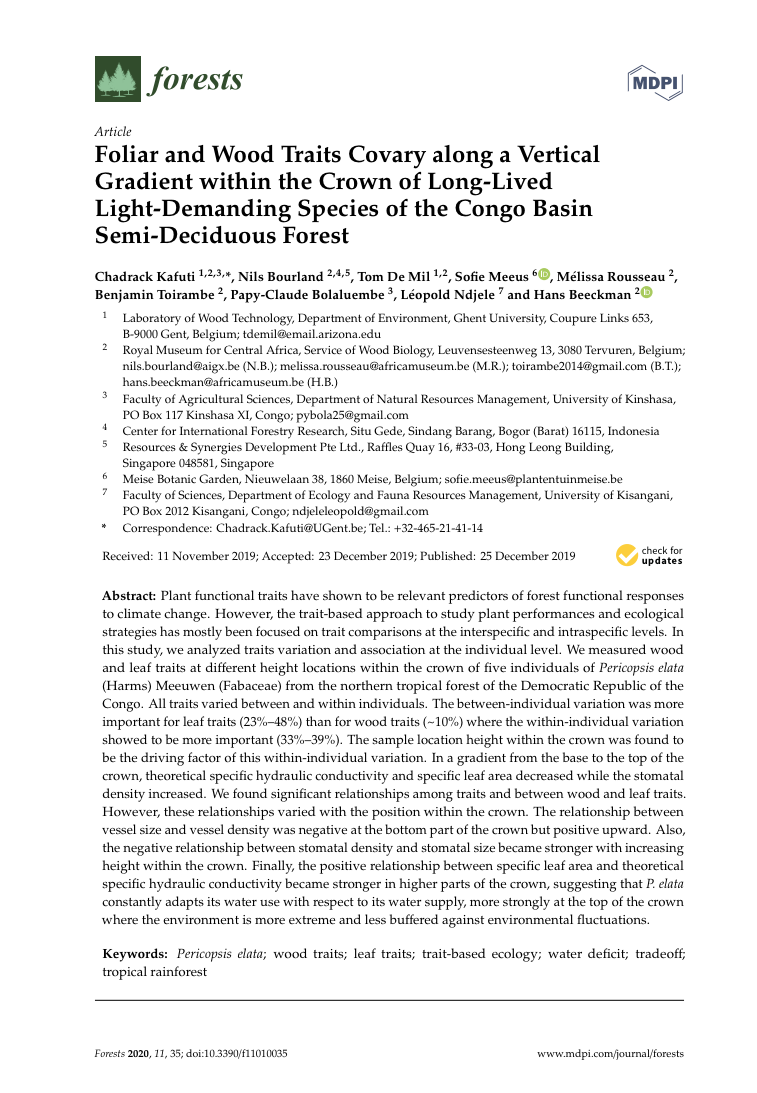
Documenting and revalorizing the rapidly disappearing indigenous knowledge on wild edible plants is essential to promote health and preserve diversity. Focus group discussions were organized within three Turumbu villages to document wild foods known, availability, preparation methods, and uses. Preferences in taste and commercial, nutritional, and cultural value were discussed during participatory ranking exercises. Results show 85 species within 70 genera and 44 families. Fruits of Anonidium manni and Landolphia owariensis, and (unfolded) leaves of Megaphrynium macrostachyum and Talinum triangulare are most appreciated. Inventories and preference rankings should be completed with nutritional analyses and market studies to set priorities for participatory domestication.

